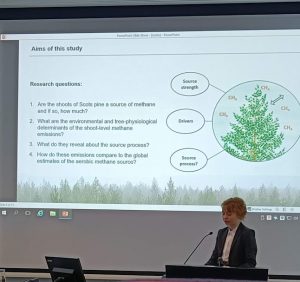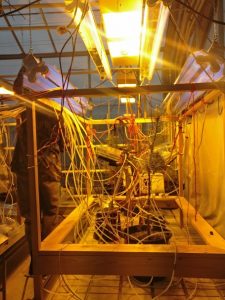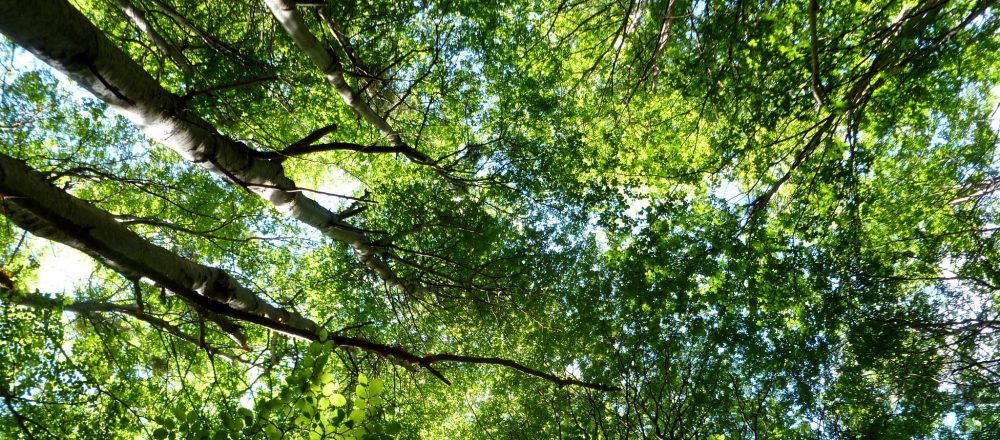Tree planting is seen as a mitigation strategy to remove greenhouse gas from the atmosphere, as trees fix carbon dioxide by photosynthesis, but trees also emit various organic compounds that act as greenhouses gases, and it is important to quantify these emissions to understand the scales of the net benefit of trees and forests against greenhouse warming.
In 2009, Brüggemann et al., reported that plant shoots receiving UV radiation under controlled laboratory conditions may emit significant amounts of methane, a powerful greenhouse gas. This finding triggered a cascade of research which eventually established that although methane is produced abiotically by plants under controlled conditions the amounts of methane they produce in natural sunlight conditions is several orders of magnitude less than what was originally thought (Bloom et al., 2010; McLeod et al. 2008).
This new study, led by Salla Tenhovirta and Lukas Kohl, concluded an ambitious project to scale the emissions of methane by trees across lab, greenhouse, common garden, and ecosystem studies. The research also established whether these emissions in the boreal forest as largely biotic or abiotic, and whether temperature, sunlight or other factors are their main drivers.
Researchers from Matt Robson’s CanSEE group guided the design and interpretation of the UV radiation element of this work, a small but important part of the much wider project directed by Mari Pihlatie’s research group.
References
Bloom et al., Global methane emission estimates from ultraviolet irradiation of terrestrial plant foliage. New Phytol. 187, 417–425 (2010).
Brüggemann et al., Nonmicrobial aerobic methane emission from poplar shoot cultures under low-light conditions. New Phytol. 182, 912–918 (2009).
McLeod et al., Ultraviolet radiation drives methane emissions from terrestrial plant pectins. New Phytol. 180, 124–132 (2008).
Tenhovirta et al., Solar radiation drives methane emissions from the shoots of Scots pine. New Phytol. 235, 66–77 (2022).
Kohl, Tenhovirta et al., Radiation and temperature drive diurnal variation of aerobic methane emissions from Scots pine canopy. PNAS. 120 (52) e2308516120, https://doi.org/10.1073/pnas.2308516120 (2023).
